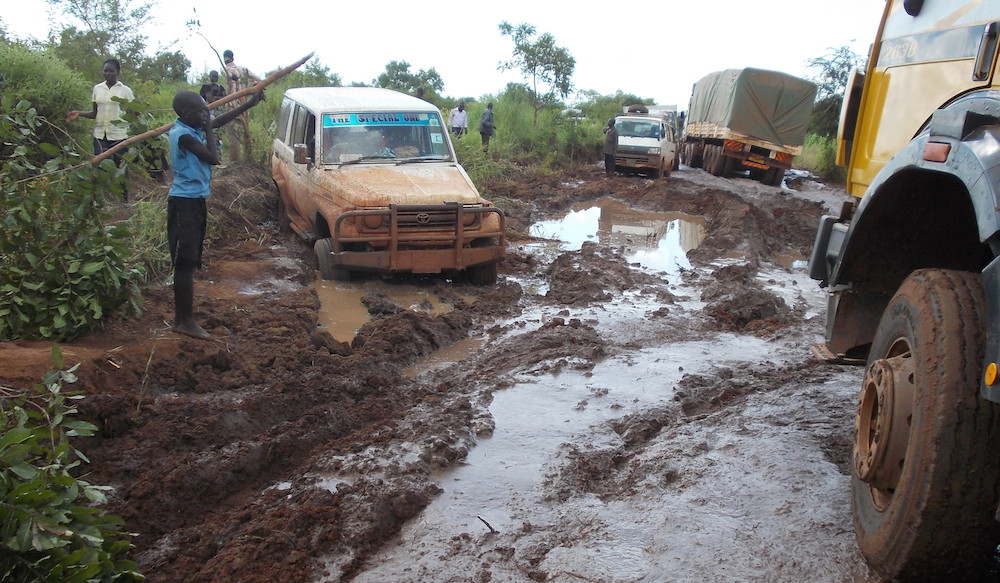The Worst Times to Visit Tanzania
The Worst Times to Visit Tanzania: March to May The Prolonged Rainfall
The prolonged rainy season from March to May might complicate travel. Roads within national parks may become saturated and untraversable, resulting in limited opportunities for wildlife observation as animals scatter. The elevated humidity and prevalence of insects can hinder outdoor activities.
Rainy Season: Heavy Rainfall
The Worst Times to Visit Tanzania, Tanzania has two primary rainy seasons: the long rains from March to May and the brief rains in November. In these months, substantial rainfall may result in inundated roadways, rendering some locations inaccessible. Wildlife observation can be arduous, since animals often conceal themselves from the rain, rendering conditions less favorable for safari aficionados.
Extreme Heat: Challenging Temperatures
The period from December to February may see intense heat, especially in the interior areas like Dodoma and certain sections of the Selous Game Reserve. Elevated temperatures can be disconcerting for guests, especially those intending to engage in outdoor pursuits such as hiking or safari excursions. Maintaining hydration and scheduling activities during the cooler periods of the day is essential.
Peak Tourist Season: Overcrowded Attractions
The prime tourism seasons in Tanzania occur during the arid months of June to October and December to February. This month provides exceptional wildlife observation possibilities; but, renowned sites such as Serengeti and Ngorongoro Crater may experience overcrowding. For anyone desiring a more tranquil experience, it is recommended to visit during the shoulder seasons of April-May and November.
Patterns of Wildlife Migration: Optimizing Your Visit
The Great Migration in Tanzania draws thousands of tourists annually, making the time of one’s visit essential. The migration generally reaches its zenith from June to July as wildebeest and zebras across the Mara River. Nonetheless, visiting during this period may result in congested observation areas. To circumvent the congestion, contemplate visiting during the months immediately preceding or succeeding the peak migration period.
Understanding the Worst Times to Visit Tanzania
Unpredictable Weather: Although the brief rainy season is less severe than the prolonged rains, it can nevertheless result in unforeseen deluges and muddy conditions. The shoulder season is characterized by reduced crowds and lower prices, however with the compromise of less reliable weather conditions.
Tanzania is a place that provides exceptional experiences throughout the year; nevertheless, the optimal time to visit primarily depends on your specific interests and activities. The dry season, spanning from June to October, along with the calving season in January and February, offers ideal circumstances for animal observation, trekking, and coastal vacations. Conversely, the extended rainy season from March to May and the brief rains in November and December may present difficulties, however they also provide distinct chances and less crowds. By organizing your journey based on these seasonal insights, you can guarantee a memorable and enriching experience.

Why visit Tanzania
Tanzania is an exquisite locale, recognized for its magnificent scenery, diverse fauna, and profound cultural legacy. Nonetheless, understanding the optimal time for visitation is essential for enhancing your experience. Although the country is aesthetically pleasing throughout the year, specific months may pose difficulties, including intense precipitation, severe temperatures, or congested tourist attractions. This information will assist you in identifying the least favorable periods to visit Tanzania, enabling you to arrange your trip with All Tanzania Safaris for an optimal experience.
